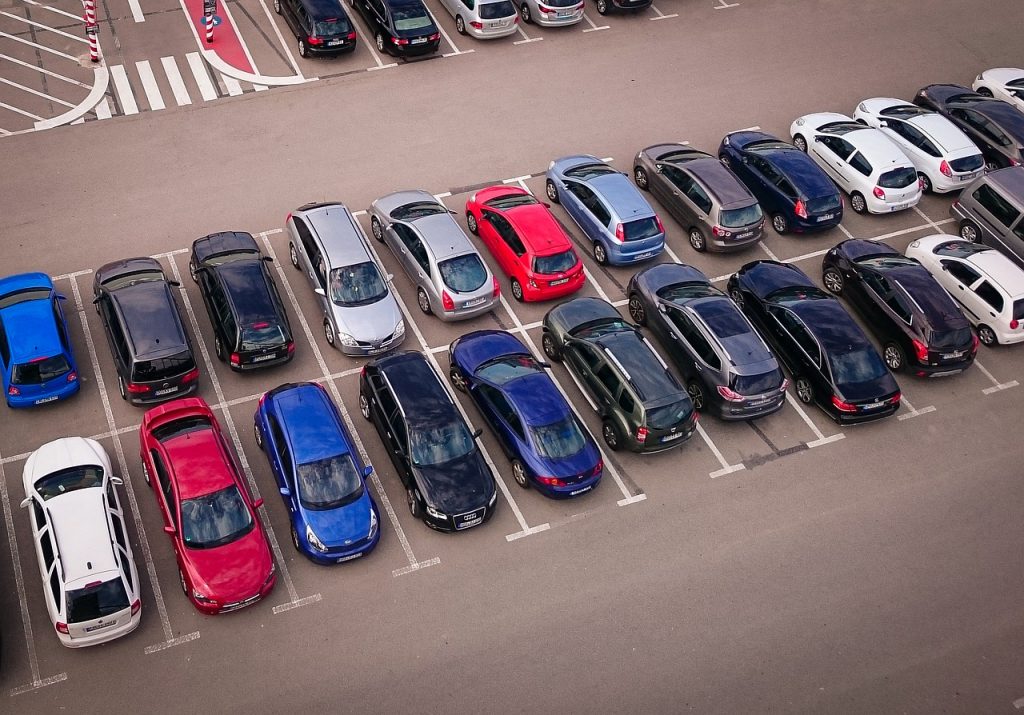Auto Industry Will Be In Big Trouble In 2023?
This article is more than 2 years old

The pandemic had a significant and detrimental impact on the US auto industry. It caused supply chain disruptions that reduced the number of available new cars to a record low and put pressure on dealerships and manufacturers. And the unfortunate news is that tough times for the industry may not end soon.
The last few years have been brutal for the auto industry and consumers. Supply chain troubles caused by COVID made manufacturing new vehicles nearly impossible. So dealership lots started filling up with used cars rather than shiny new ones.
Customers shopping for new vehicles had a hit-or-miss shot at getting one. That stood in stark contrast to pre-pandemic times when you could get whatever make, model, and color you wanted. And many people that did buy a vehicle faced record-high interest rates.
And 2022 brought even more trouble to the auto industry, as fears of recession loomed. Automotive sales plummeted from 15.1 million units in 2021 to an estimated 13.7 million units by the end of this year. Thankfully, analysts expect 2023 to look slightly better, with sales eking over 14 million units.
Unfortunately, that does not mean the auto industry is in the clear. According to CNBC, “Those sales increases will likely come at the expense of the unprecedented pricing power and profits automakers have enjoyed on new vehicles over the last couple of years.” In other words, manufacturer profits may be at stake next year, which is troubling news for many companies.
Additionally, “There’s growing concern on Wall Street that this year’s supply shortages could quickly turn into a ‘demand destruction’ scenario just as auto production is finally ramping back up.” If that scenario plays out, dealerships may find their lots finally full of new cars again. But they may not have enough customers willing to purchase that inventory.
Jonathan Smoke, the chief economist for Cox Automotive, believes this demand issue could negatively impact the auto industry. Smoke said, “New vehicle supply is finally improving but the industry is swapping a supply problem with a demand problem and that doesn’t bode well for revenues and profits in the year ahead.” And he’s not alone.
Other auto industry analysts anticipate a similar 2023. A manager with S&P Global Mobility, Chris Hopson, also issued a cautious prediction for next year. He said, “US consumers are hunkering down, and recovery towards pre-pandemic vehicle demand levels feels like a hard sell.”
“Inventory and incentive activity will be key barometers to gauge potential demand destruction,” Hopson continued. Any dealership incentives would be welcome news to consumers hit by inflation and recession fears. So if you are in the market for a new car and are in good financial shape, next year may be the ideal time to buy.
Keep your eyes peeled for specials, incentives, and deals at your local dealerships in 2023. But make sure to wait until you see some stock finally re-appearing. Vehicle production is finally rolling smoothly again, so it shouldn’t take too long.
Savvy consumers may get a jump on the first new deals since before the pandemic. And while that is good news for them, it does not bode well for the auto industry. Expect to see trouble on Wall Street if manufacturers take a hit to their profits.




